Top Things to Know Before Buying the Best Indoor House Plants
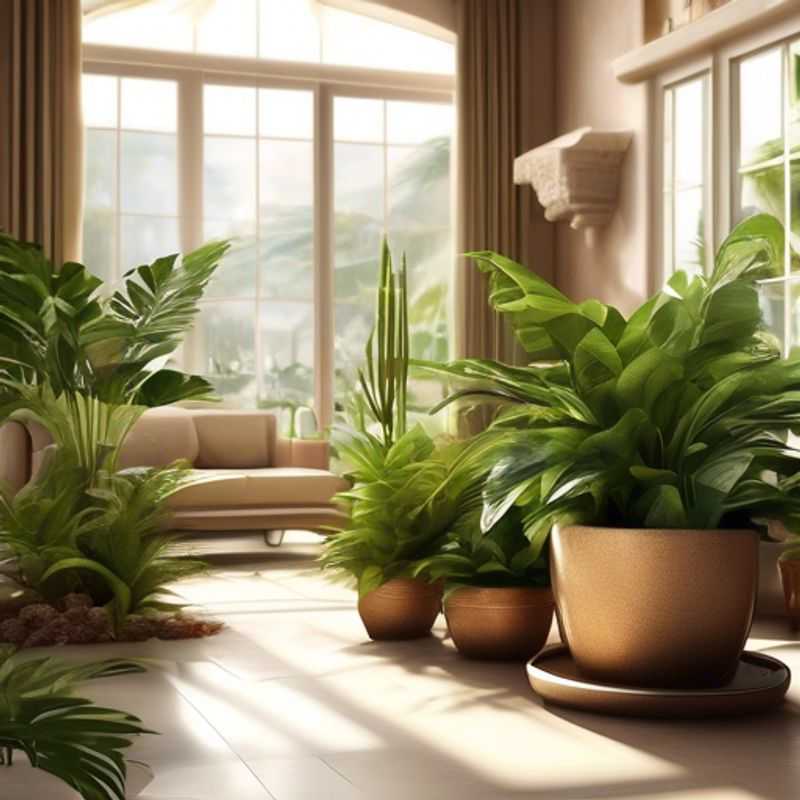
Top Things to Know Before Buying the Best Indoor House Plants: Sunlight, Care Requirements, Plant Size, Drainage, Temperature & Humidity, Watering Schedule, and Low-Maintenance Options
Bringing the outdoors in with houseplants is a fantastic way to brighten up your home and improve your well-being. But before you head to the plant store, it’s essential to consider a few key factors to ensure your leafy companions thrive. Let’s dive into the top things to know before buying the perfect indoor plants for your space.
1. Sunlight, Sunlight, Sunlight: Before you fall in love with a particular plant, determine how much natural light the area you've chosen receives. Some plants adore bright, direct sunlight, while others prefer a shady spot. Matching the plant's light needs with your home's conditions is crucial for their health.
2.
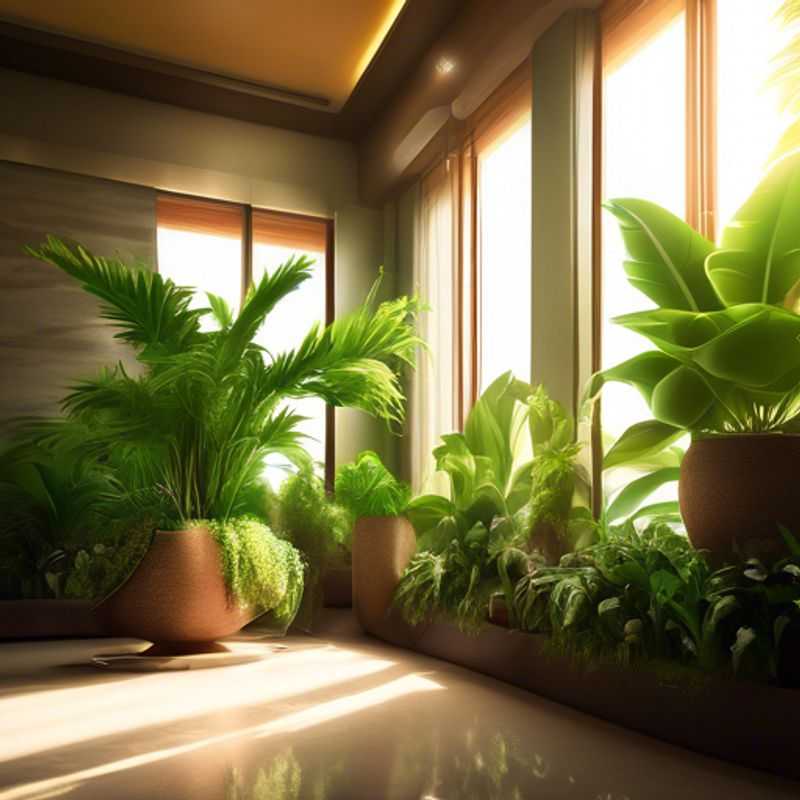
Sunlight Survey: Choosing the Right Plants for Your Garden
Before you dive into the wonderful world of plant selection, it's crucial to understand the amount of sunlight your garden receives. Sunlight is the lifeblood of plants, and each species has specific needs.
First, determine the direction your garden faces. North-facing gardens receive less direct sunlight, while south-facing gardens bask in the sun's rays for longer durations. This simple observation helps you narrow down the plant choices.
Next, consider the time of day when your garden is sunniest. Morning sun tends to be milder and less intense compared to the scorching afternoon sun. Plants that prefer shade may thrive in a morning sun location.
Don't forget to factor in any obstacles that might block the sun, like buildings or large trees. Use a simple sun-tracking app or a physical marker to gauge the sun's path throughout the day. This will give you a clearer picture of how much sunlight your garden receives.
Armed with this knowledge, you can choose plants that thrive in your specific sun conditions. It's a simple yet critical step that sets your garden up for success!
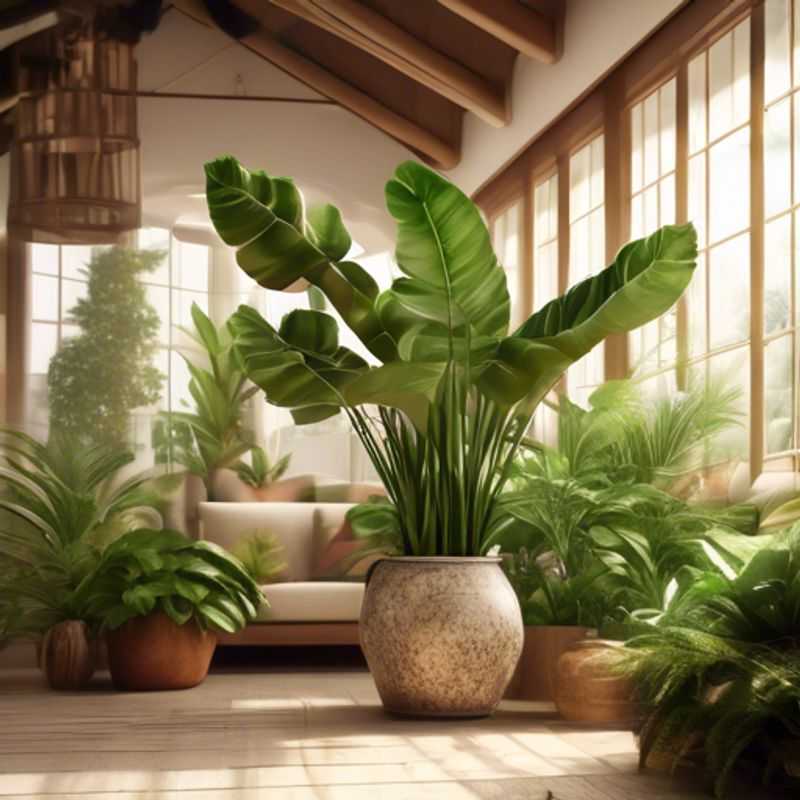
Green Thumbs Up: Researching the Specific Care Needs of Your Indoor Plants
Knowing your plant's needs is crucial for its survival. Light is a primary factor. Some plants thrive in bright, direct light, while others prefer shady spots. Water is another key aspect. Overwatering is a common issue. Soil plays a role too, with different plants preferring specific soil types. Finally, temperature and humidity also impact their health.
For specific guidance, you can consult books, websites, or even ask a local nursery. Take note of the plant's origin and natural habitat for insights into its care.
Remember, paying attention to these factors will significantly improve your chances of keeping your indoor plants flourishing.
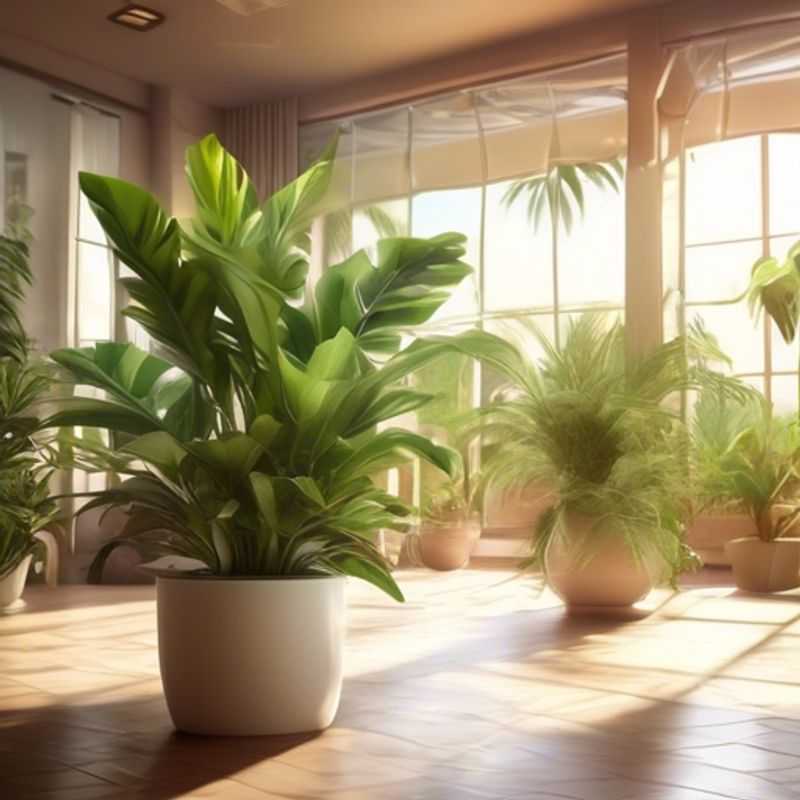
Choosing the Right Size: Plants and Your Space
When selecting a plant for your room, it's crucial to consider the size of the plant and the space available. A large plant in a small room can feel overwhelming, while a small plant in a large room may get lost. Measure the space you have available and research the mature size of the plant you're interested in. This will ensure a harmonious balance between your plant and your room's design.
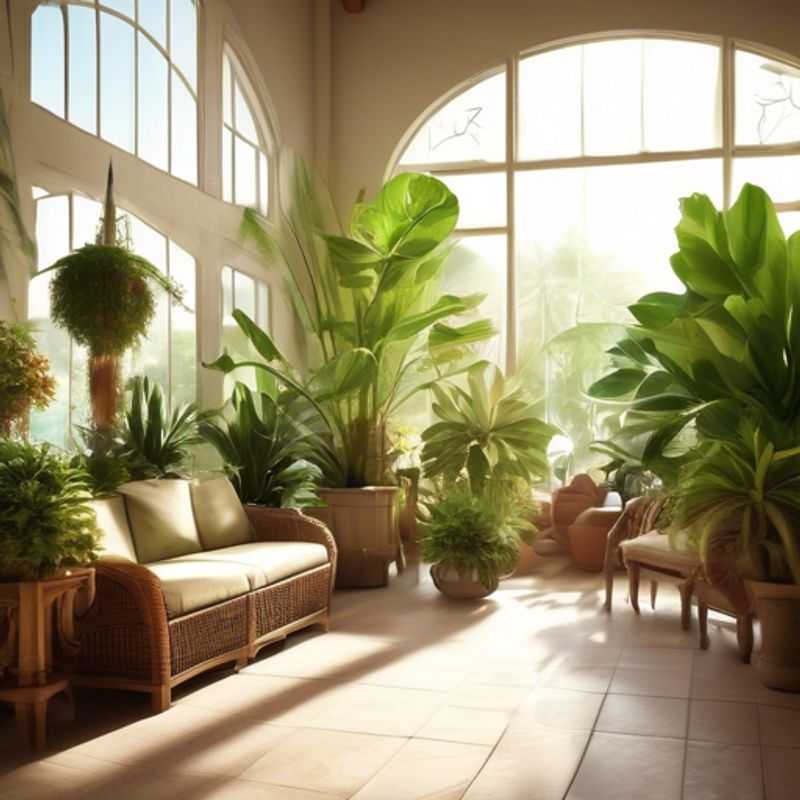
Keep Your Plants Happy: Why Proper Drainage is Key to Preventing Root Rot
Proper drainage is crucial for the health of your plants, especially when they are in containers. Root rot, a common problem caused by excessive moisture, can lead to wilting, stunted growth, and eventually death.
Here’s how to ensure your containers have adequate drainage:
1. Choose containers with drainage holes: This allows excess water to escape, preventing the soil from becoming waterlogged.
2. Use a well-draining potting mix: A good potting mix contains ingredients like perlite or vermiculite to improve aeration and drainage.
3. Don't overwater: Water only when the top inch of soil is dry.
4. Use a saucer or tray: Place the container on a saucer or tray to catch excess water. Empty the tray regularly to prevent stagnant water.
5. Check for drainage issues: If you see water sitting in the bottom of the container for an extended period, it's a sign of poor drainage. Repot your plant in a container with better drainage or adjust your watering habits.
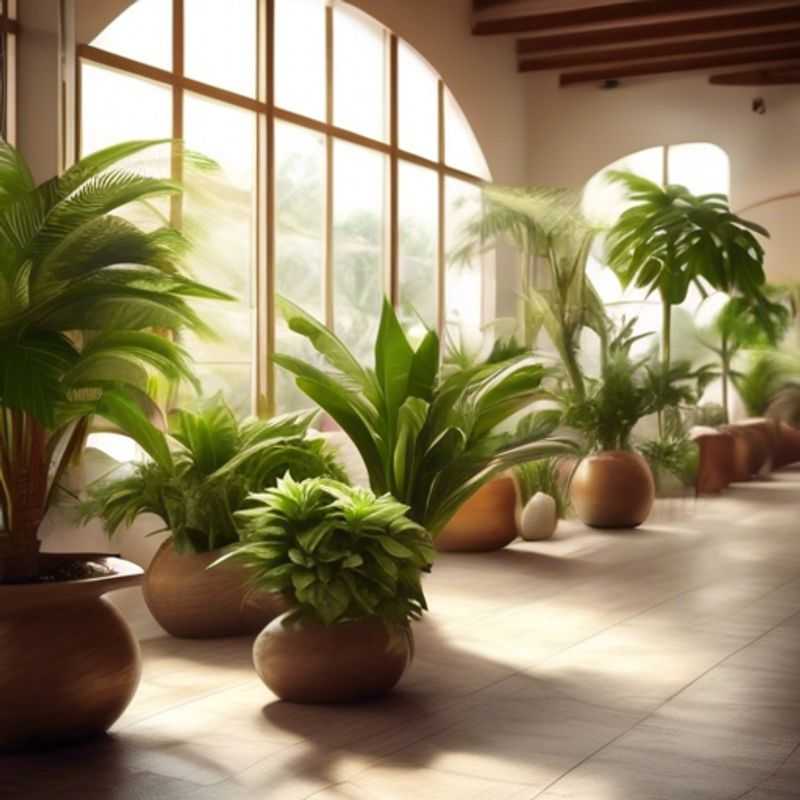
Unlocking Plant Happiness: The Perfect Temperature and Humidity Levels for Indoor Greenery
Creating the perfect environment for your indoor plants starts with understanding their ideal temperature and humidity levels. Most houseplants thrive in temperatures between 65-75°F (18-24°C). This range mimics their natural growing conditions. However, some plants are more tolerant of cooler or warmer temperatures.
Humidity is equally important. Most houseplants prefer moderate humidity levels, around 40-50%. You can increase humidity by misting your plants, placing them on pebble trays filled with water, or using a humidifier.
Pay close attention to your plants’ needs and monitor their growth. If you notice any signs of stress, such as wilting leaves or brown tips, adjust the temperature or humidity accordingly. By providing the right environment, you can ensure your houseplants flourish and bring joy to your home.
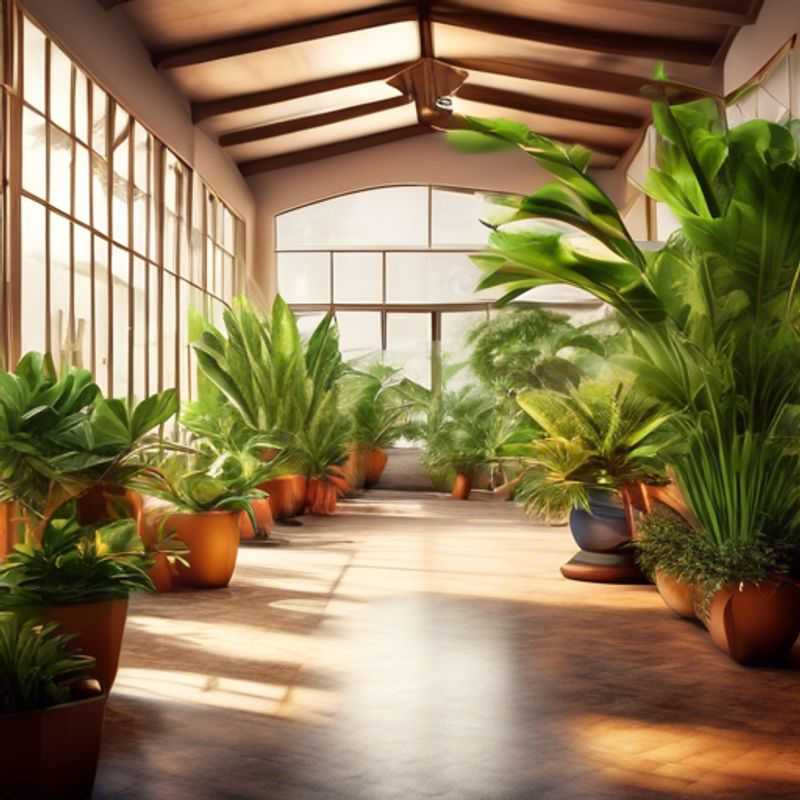
Watering Wisdom: Crafting the Perfect Schedule for Your Plants
Creating a watering schedule is essential for healthy plants. It's all about finding the right balance - not too much, not too little. Here's a quick guide to get you started:
First, consider your plant's needs: Different species have different water requirements. Succulents, for example, need less water than tropical plants. Check online resources or gardening books for your specific plant.
Next, assess your environment: Factors like temperature, humidity, and sunlight exposure impact how quickly soil dries. Warmer, sunnier conditions will mean more frequent watering.
Start with a conservative watering schedule and adjust based on how your plants look. Signs of underwatering include drooping leaves and wilting. Signs of overwatering include yellowing leaves and root rot.
Tip: Feel the soil before watering. If it’s dry to the touch, it’s time. You can also use moisture meters for a more accurate assessment.
Remember: A consistent watering schedule is key. It's better to water deeply and less often than to water lightly and frequently. This encourages deeper root growth, leading to healthier plants.
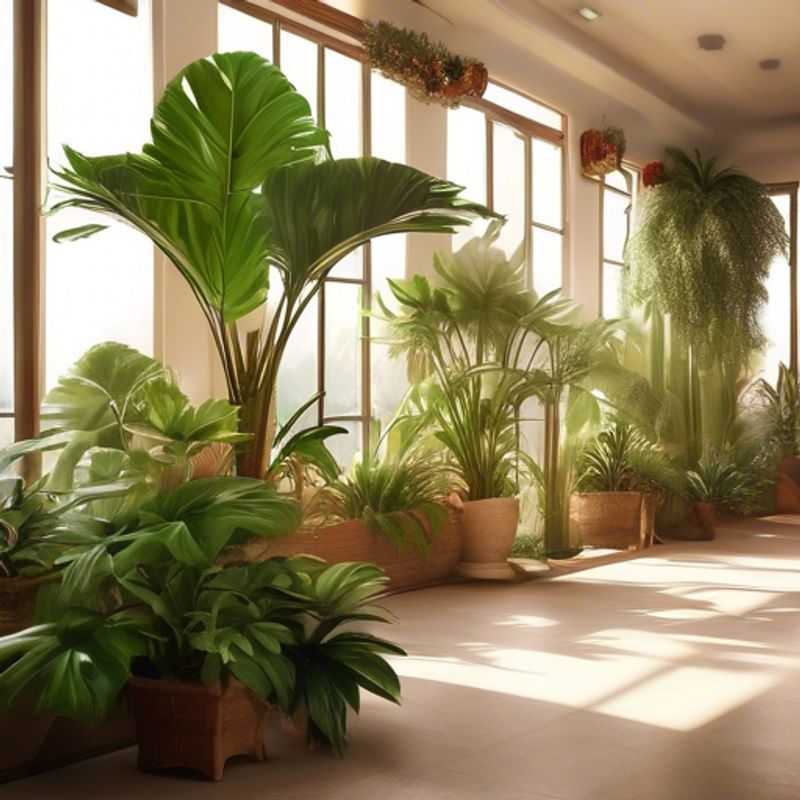
Low-Maintenance Landscaping: Choosing Plants for Effortless Beauty
Looking for plants that require minimal effort? Low-maintenance plants are your best bet! These hardy green friends can thrive even with occasional forgetfulness.
Here are some tips for selecting low-maintenance plants:
Succulents: These water-storing experts are drought-tolerant and perfect for beginners.
Cacti: Another desert-adapted wonder, cacti are known for their ability to withstand dry conditions.
Snake plants: Incredibly low-maintenance, these beauties are practically indestructible and can tolerate a wide range of conditions.
ZZ plants: Another tough choice, ZZ plants are famous for their resilience and can tolerate low light.
Peace lilies: These elegant plants are known for their air-purifying abilities and can tolerate some neglect.
When choosing your low-maintenance plants, remember to consider your environment and the amount of light available. A little research will help you select the perfect plants for your space.
